Giant Arecibo radio telescope collapses in Puerto Rico0
- From Around the Web, Science & Technology
- December 3, 2020
Observatory had been set to close after damage in August
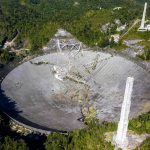
Observatory had been set to close after damage in August
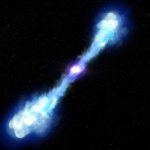
A recent stellar flash may have signaled the birth of a highly magnetic, spinning stellar corpse
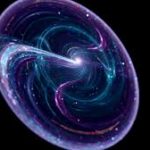
Black holes are, by far, the most mysterious objects in the universe. They are objects in the cosmos where all of our knowledge of physics completely breaks down.
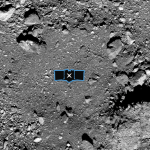
At least eight asteroid missions are underway or coming soon, a recogntion of these objects’ scientific fascination—and their potential danger.
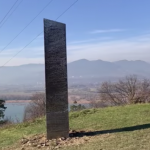
Local mayor says there is ‘no reason to panic’
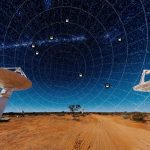
Australian scientists say they have mapped a million new galaxies using an advanced telescope in the desert.
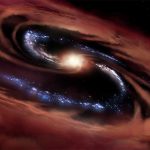
The most active type of black holes are believed to consume so much material surrounding them that they could eventually eliminate their entire host galaxy. The process of consuming matter around the black hole is intense enough that, in some instances, it creates a highly energetic object called a quasar that is one of the brightest objects in the universe. Researchers have discovered a galaxy that survives the ravenous black hole at its center by creating new stars.
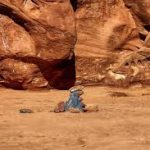
We were not worthy.
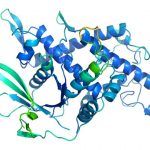
In a major scientific advance, the latest version of DeepMind’s AI system AlphaFold has been recognised as a solution to the 50-year-old grand challenge of protein structure prediction, often referred to as the ‘protein folding problem’, according to a rigorous independent assessment. This breakthrough could significantly accelerate biological research over the long term, unlocking new possibilities in disease understanding and drug discovery among other fields.
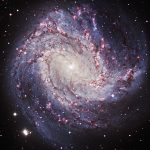
The bright, young stars are located in regions where gas is too tenuous for new stars to form